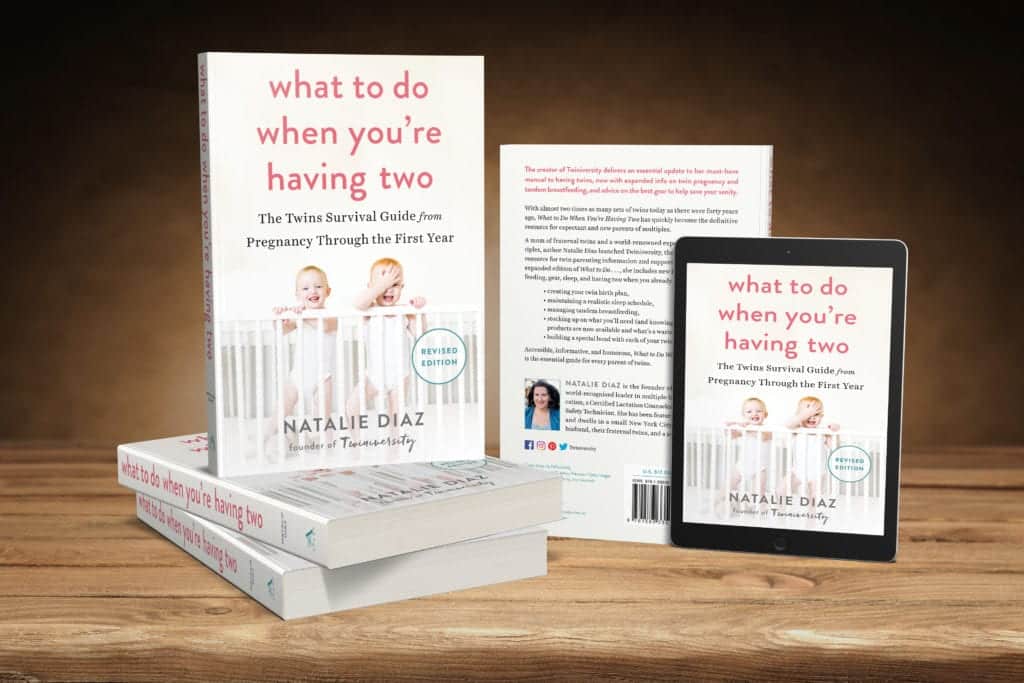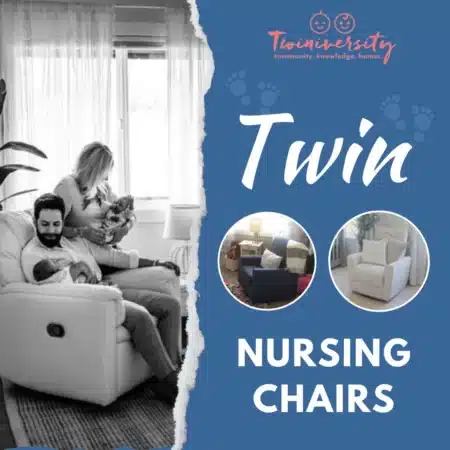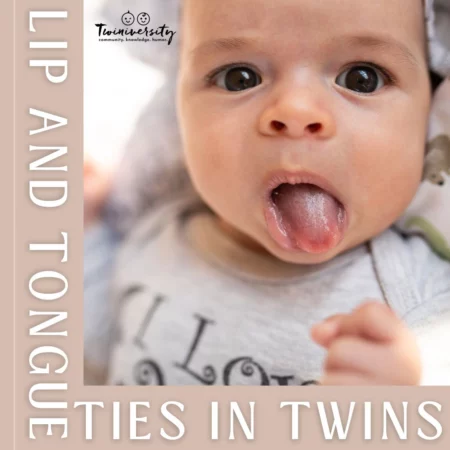Last updated on November 7th, 2023 at 09:59 pm
Leftovers. They have a bad rep. You almost feel bad for them. They’re what people didn’t want the first time around, the second hand picks, the opposite of the cream of the crop. But what do leftovers have to do with a twin pregnancy? We’re not talking about the left over pizza you ordered because you were too busy with the babies to cook, or about that pot roast left over from Sunday dinner that a neighbor gave you. We’re talking about something much less appetizing. We’re talking about any part of either of your twins placentas that remained inside your uterus after their birth; retained placenta. Those leftovers. See? Much less appetizing. That means you’ve likely undergone the surgical procedure of a dilation and curettage (D&C) to remove those placenta leftovers. Not so yummy.
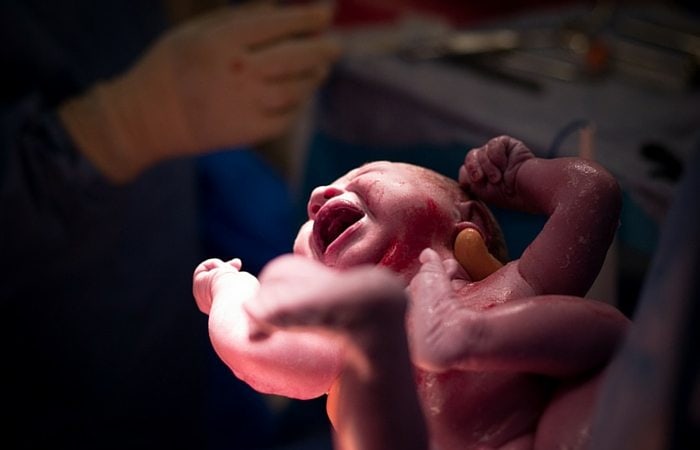
Whether you’ve given birth to twins, more, or even a singleton, placenta particles being left
inside your uterus is a possibility. This is more likely to have happened if your babies birth was an emergency situation. When they were likely in a rush to get the precious little ones safely out into the world, and naturally, made removing them a higher priority than their life-giving placentas. Rightfully so.
Just when your body is beginning to heal and recover from the trauma of all that a twin pregnancy and birth does to your body, you’re told that you need to schedule another surgical procedure. This time, because there are leftover placenta pieces that weren’t completely removed during the delivery. Why can’t they do their job right and get everything out the first time? How could my delivery team have missed that?
The explanation that you might receive to those reasonable and natural questions is that there is a very short window to deliver a baby, specifically via c-section, let alone two babies, until the body naturally closes up to protect babies and mama. In some emergency cases, there’s less than 15 minutes to get them out. Of course, leaving these pieces behind and having to perform another procedure so soon after delivery isn’t ideal. It is usually desired to be avoided, but has to be done in some cases.
If so, your body told you that something wasn’t right after birth. Thankfully, you had, or will have, several post partum checkups for yourself. This is when you have to speak up and explain if you feel or see that something isn’t right or isn’t getting back to normal. Likely, if there are miniscule placenta particles left inside, your body is trying to get rid of them through what looks like your menstrual cycle. Your medical team may wait as long as they can, up to 10 weeks, to give a woman’s body time to work it out. In some cases where the body doesn’t get rid of the placentas on its own or if there are too many/large pieces left, a D&C is inevitable. Our bodies as humans, especially women, are designed so incredibly smart. Along with our bodies telling and showing us that something additionally needs to be removed from giving birth, it also sends and receives signals regarding milk production.
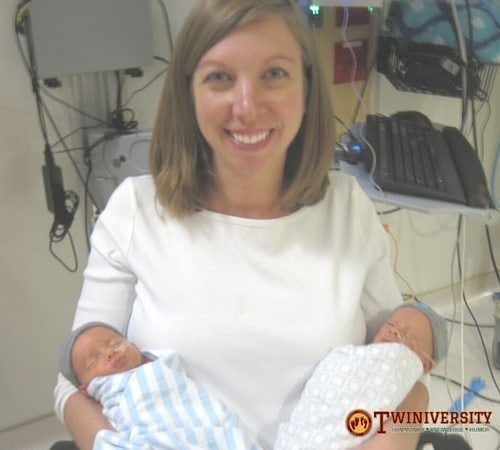
Unfortunately, those signals can be mixed. On one hand, it knows you’ve given birth to your babies and can start the healing, recovering, and milk producing process. But on the other hand, it’s told a baby is still in there because the placenta remained. What’s a woman’s body to do? Some women may not produce milk until after the D&C is performed to remove what’s retained, while others may produce milk right after birth despite the placenta. Our bodies are so unique, no two situations or bodies are the same which is what makes us each so beautifully created and designed.
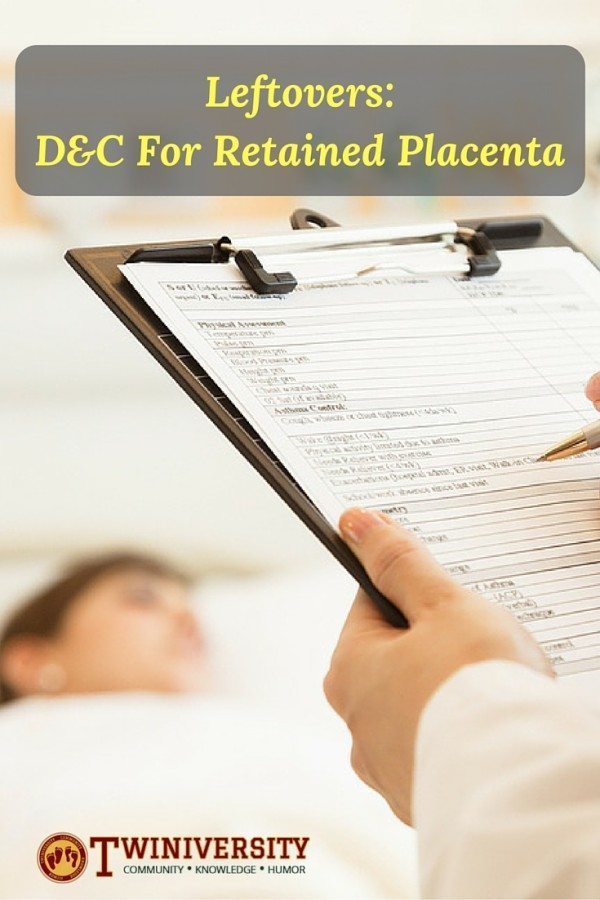
Typically, D&Cs are synonymous with the unfortunate and heart – wrenching procedure performed for miscarriages and abortions. Retained placentas are a less emotionally negative and need minor outpatient surgery. The method is performed by a doctor and doesn’t require any incisions. In most cases, the process for a D&C is started in a PACU (Pre/Post Anesthesia Care Unit) where the new mommy gets prepped. Depending how you handle hospitals and surgery, this could be slightly traumatic. It is likely less dramatic than the delivery, especially if your delivery was an emergency, which caused the need for the D&C. Once the mama is sedated and the procedure is underway, it’s the perfect time to enjoy the relaxation, the peace and quiet, and enjoy being waited on before and after. Hey, we twin moms have to take what we can get. Depending how much retained placenta is being removed determines the time the procedure takes. Like deliveries and bodies, each one is different. Once the patient is awake from the procedure, of course, you’ll get an update of what happened and how much they removed; but don’t expect to remember it. Like any surgery, be sure to have an attentive companion accompany you so they can relay the information once the anesthesia wears off. You’ll act like you know what the doctor is talking about, but don’t plan on remembering it. Keep enjoying and living up being waited on. Remember, once you get back home to the twinnies, you’re the one doing the waiting on.
Recovery and side effects are minimal, again, especially compared to an emergency C-section delivery that we’re still assuming you had based on the need for a D&C for retained placenta. As always, the medical professionals will tell you how to best recover. And they’ll probably remind you, as a mom, to take care of yourself, so you can best take care of your babies. Although this procedure likely came as a surprise and maybe even with a bit of frustration, it’s just one more step for your precious babies.
**The preceding article should be taken as Mom-to-Mom advice. This article and any other article on Twiniversity should not be considered medical advice

Liza Mead is a stay-at-home-mama to fraternal twin boys and has a background in interior design and marketing, both of which she works in second to her favorite titles as Wife and Mommy. In Raleigh, North Carolina, when her twins are content or sleeping, she spends time organizing, being involved in church events, and event planning. She’s thankful for the blessing of each day’s new memories created.
Related Articles
- The Tree Of Life: Planting A Birth Tree
- A Babies Story: Placenta Previa, Graves Disease And The Little Mama That Could
- Placenta Previa: What is it and How Can You Manage it?
Are You a New Twin Parent?
Check out Natalie Diaz’s book:
“What To Do When You’re Having Two
The Twin Survival Guide From Pregnancy Through the First Year”
In What to Do When You’re Having Two: The Twins Survival Guide from Pregnancy Through the First Year, national twins guru and founder of Twiniversity (and twin mom herself!) Natalie Diaz provides a no-holds-barred resource about life with twins, from pregnancy and birth all the way through your duo’s first year of life.
Accessible and informative, What to Do When You’re Having Two
is the must-have manual for all parents of twins.
Have you taken your expecting twins class yet? We offer a great class on demand so you can take it on your own schedule! There are so many video modules covering everything from your twins’ baby registry to your first week at home with twins! Sign up today to get started before your twins arrive.
Need some twin parent friends? Get the support you need with a Twiniversity Membership. Benefits include a monthly twin parent club meeting on Zoom, access to a private Facebook group just for twin parents, and a video library of twin parenting lessons. Visit Twiniversity.com/membership to join today!
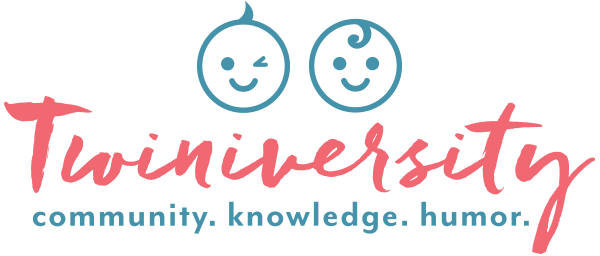
Twiniversity is the #1 source for parents of
multiples, and we are growing faster every day!
Find us all over the web:
Or contact us by email at community@twiniversity.com


